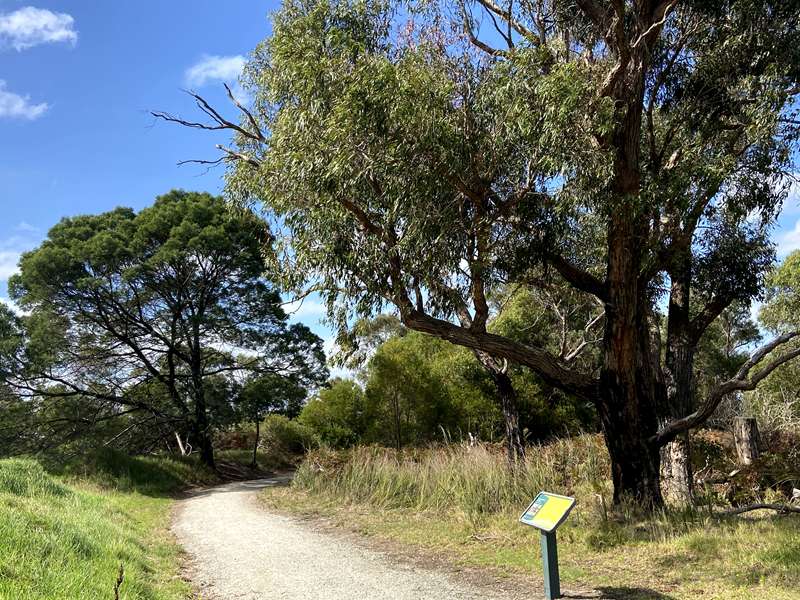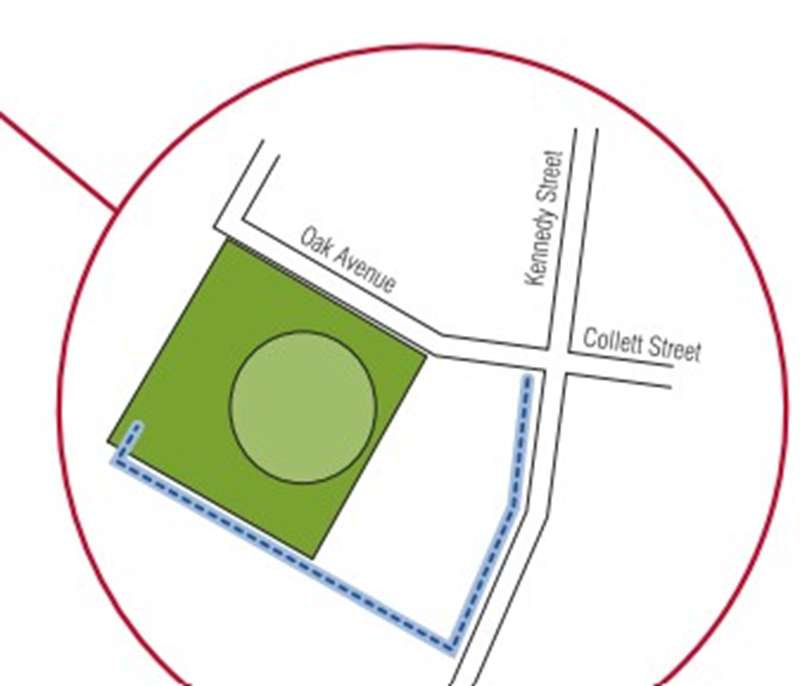Longwarry - Bandicoot Walking Track


Learn about the endangered Southern Brown Bandicoot through the interpretive signs along this short 0.8km one-way track.
Bandicoot Walking Track Map

The walk includes boards with the following information:
Southern Brown Bandicoot - A nationally threatened species
The Southern Brown Bandicoot is listed as nationally endangered under the Commonwealth Environment Protection and Biodiversity Conservation (EPBC) Act 1999 and as threatened under the Victorian Flora and Fauna Guarantee Act 1988. Their population has significantly declined since early settlement.
Southern Brown Bandicoots are about the same size as small rabbits with a long, pointed snout, small eyes, rounded ears, a compact body, large rump and sparsely furred short, thin tail approximately half of its body length. Front and hind feet are clawed. Fur is coarse greyish or yellowish brown with a whiteish betty.
Southern Brown Bandicoots were initially thought to be nocturnal, however they may be seen in late afternoon or even during the day, particularly where cover is abundant.
When foraging, they move in a 'bunny hop', when within a few metres of dense cover, whilst the powerful hind-legs allows them to gallop at a fair speed and even leap when necessary to avoid predators.
They live for generally two to three years and the breeding season is from early winter to summer. Females can produce two or three litters per year each of two or three young.
Bandicoots make distinct conical diggings when digging for their food of invertebrates and underground fungi. Nests are oval shaped mounds of leaf litter and soil made under dense undergrowth or other types of shelter.
In the 1800's Southern Brown Bandicoots were described as being one of the 'very commonest' mammals but their numbers have declined since. This rapid decline is due to predation by foxes, dogs and cats, and loss of habitat.
Clearing of vegetation removes cover, where they can live and breed, and limits their capacity to move between remaining patches of vegetation.
Bandicoots can survive in degraded habitat, such as around Longwarry, but increased predation combined with further loss of native vegetation will result in local extinction.
How can we help protect a nationally threatened species?
- Control predators - keep your pets contained at all times, control foxes
- Protect remnant patches of bushland
- Create new habitat or improve remnant patches by planting appropriate indigenous species
- Link patches of habitat with corridors
- Be a part of the Southern Brown Bandicoot DSE stewardship program.
Access for Dogs:
Dogs are permitted on leash along the track but are not permitted on the oval.
Review:
There is a gravel walking track with four information panels about the Southern Brown Bandicoot. Obviously we didn't see any bandicoots, but we did see interesting fungi, rainbow lorikeets and galahs.
Photos:
Location
Cnr Koo Wee Rup-Longwarry Road and Collett Street, Longwarry 3816 View Map








